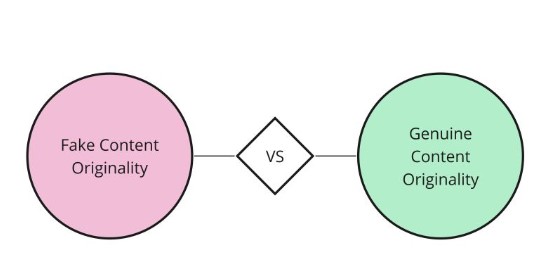✨ Content Originality ≠ Rephrasing Words

Content originality plays a critical role in both content quality and in overcoming the quality threshold for your targeted queries. 🏆📈
But here's the truth 👉 You can’t measure true originality with plagiarism checkers or AI content detectors. ❌🧪
🤔 Why “Fake Originality” is Dangerous
A sentence can be restructured in hundreds of ways just by changing word sequences — and that’s exactly how people game content auditing tools. 🎭💻
But here’s the catch:
✍️ A content piece is not original just because it looks different on the surface. If it simply rephrases existing information, it’s fake originality — and Google can detect that.
And worse… it can do more harm than good. ⚠️
💡 What Makes Content Truly Original?
To create genuinely original content, you must:
- ✅ Have it written by an actual expert on the topic, not just a generic rewriter
- ✅ Include unique contextual terms, answer terms, n-grams, and declarations
- ✅ Ensure everything is logically unified and semantically sound within the content
This not only adds value to the reader, but also justifies the computational cost search engines invest in crawling and ranking your content.
🕒 Time = Money (For Everyone)
Let’s face it — no one wants to waste time or budget on content that’s simply reworded fluff to pass a tool’s detection. ⌛💸
If your content isn’t genuinely adding value, it’s not worth the reader’s time — or Google’s attention.
⛳️ Final Thought:
The more authentic and original your content is — while still aligning with consensus and factual accuracy — the higher the chances of it passing the quality threshold and earning a strong ranking position in SERPs. 🚀🔍